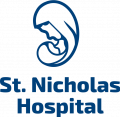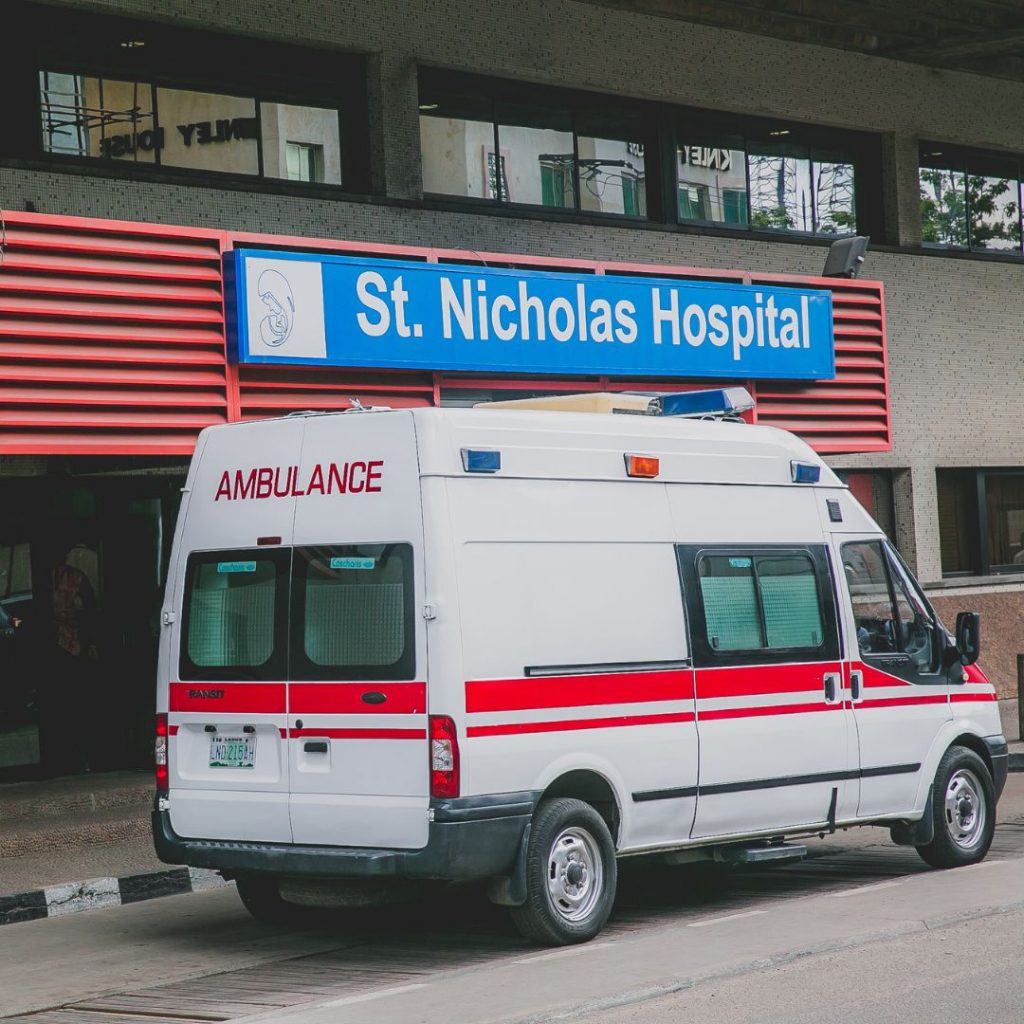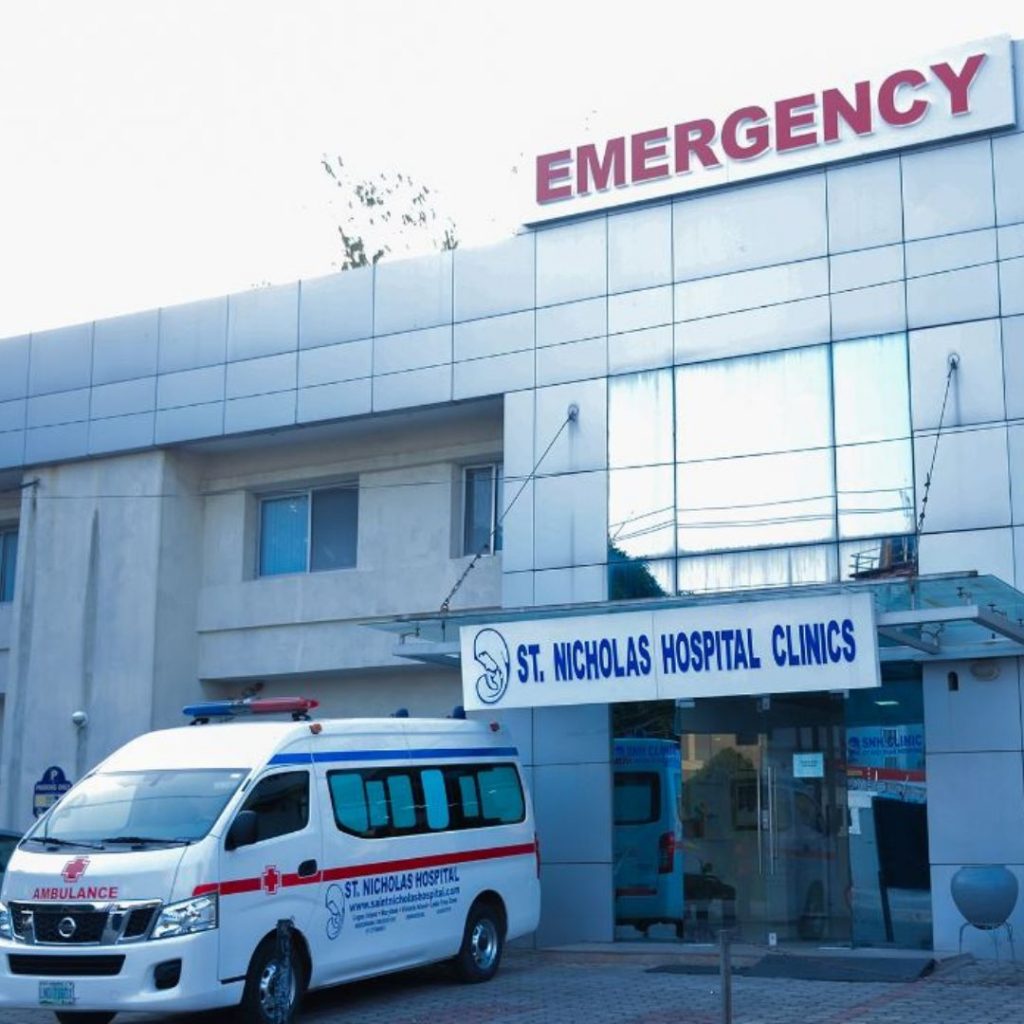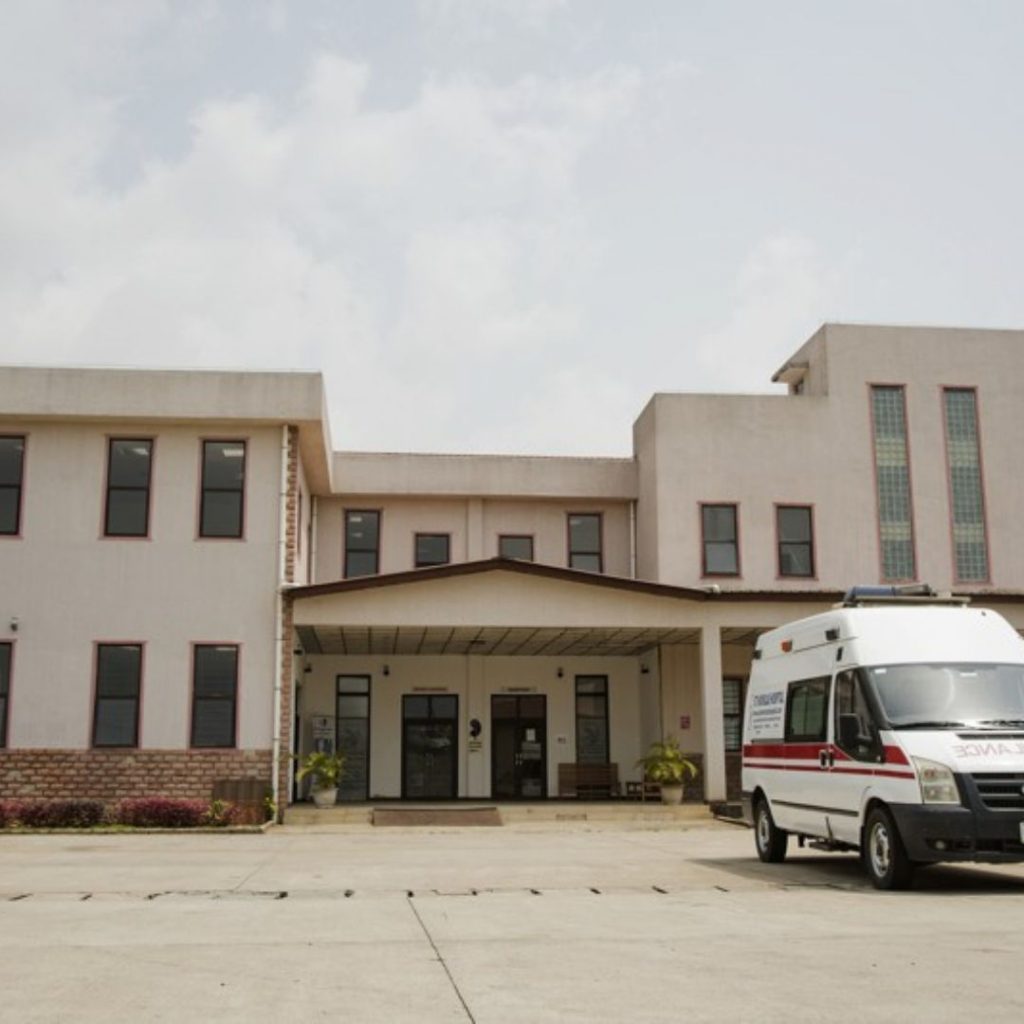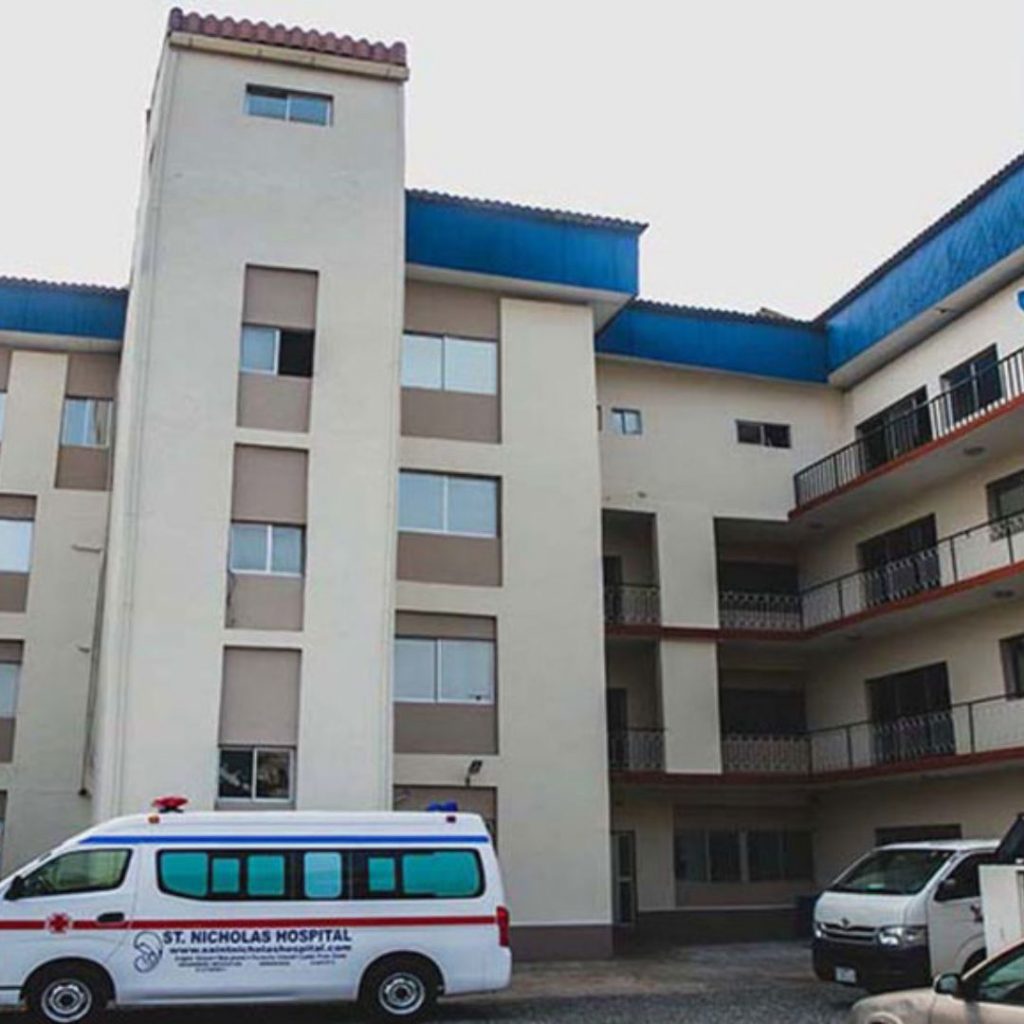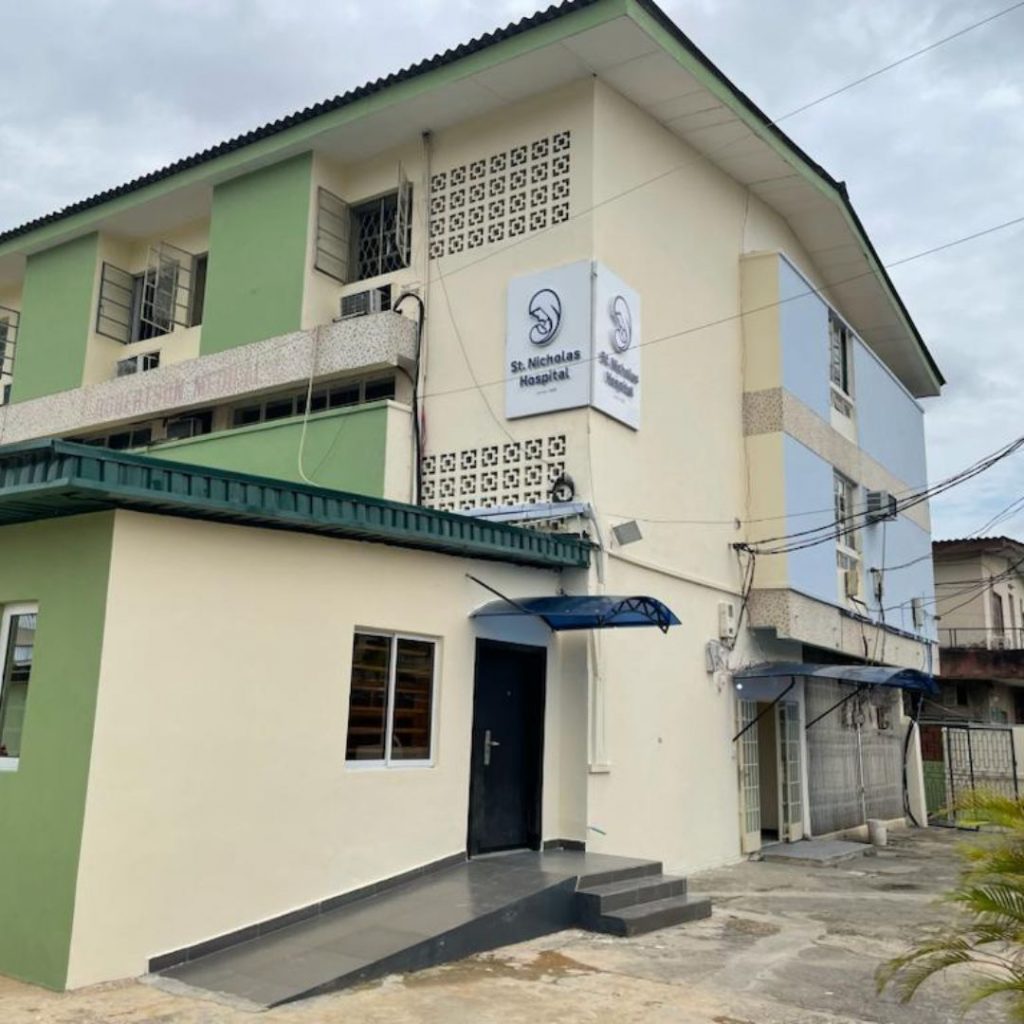An endoscopy is a test that examines a part of the body. The endoscope is a flexible tube with a light and camera. This diagnostic tool is frequently used to examine the digestive tract. It is inserted through the mouth or rectum to examine the digestive tract. This test can be used to diagnose stomach problems, gastritis, bleeding, bowel problems, colon polyps, and much more. Colonoscopy is a procedure that allows your doctor to look at the inner lining of your large intestine (rectum and colon). A thin, flexible tube called a colonoscope is used to look at the colon. A colonoscopy helps find ulcers, colon polyps, and areas of inflammation or bleeding. During a colonoscopy, tissue samples can be collected and abnormal growths can be taken out. Colonoscopy can also be used as a screening test to check for cancer or precancerous growths in the colon or rectum
The colonoscope is a thin, flexible tube that ranges from 48 in. (125 cm) to 72 in. (183 cm) long. A small video camera is attached to it, so that your doctor can take pictures or a video of the large intestine (colon). The colonoscope can be used to look at the whole colon and the lower part of the small intestine. A sigmoidoscopy shows only the rectum and the lower part of the colon.
PREPARING FOR A COLONOSCOPY
Before this procedure, you will need to clean out your colon. Colon preparation takes 1 to 2 days, depending on which type of preparation your doctor recommends. Some preps may be taken the evening before the test. For many people, the bowel prep may be uncomfortable, and you may feel hungry on the clear liquid diet. Plan to stay home during your prep time since you will need to use the bathroom often. The colon preparation may cause loose, frequent stools and diarrhea so that your colon will be empty for the test.
Colonoscopy is one of many procedures that may be used to screen colon cancer. Others include sigmoidoscopy, stool tests, and computed tomographic colonography. Which screening test you choose depends on your risk, your preference, and your doctor. Talk to your doctor about what is best for you.
GASTROSCOPY
Gastroscopy is a procedure where a thin, flexible tube called an endoscope is used to look inside the oesophagus, stomach, and first part of the small intestine (duodenum). It’s also sometimes referred to as an upper gastrointestinal endoscopy. The endoscope has a light and a camera
PREPARING FOR A GASTROSCOPY
If referred for a gastroscopy, you’ll be told whether you need to stop taking any of your medications.
You may need to stop taking any prescribed medicines for indigestion for up to two weeks before the procedure. This is because the medication can mask some of the problems gastroscopy could find.
If you are taking any of the following medications, you should phone the endoscopy unit before your appointment, because special arrangements may need to be made:
- Any medication used to treat diabetes
- Any blood-thinning medication
It is important that your stomach is empty during a gastroscopy, so the whole area can be seen clearly.
You are expected to not eat anything for six to eight hours before the procedure, and to stop drinking two to three hours before the procedure.
Why it’s done
Your doctor may recommend a colonoscopy to:
- Investigate intestinal signs and symptoms. A colonoscopy can help your doctor explore possible causes of abdominal pain, rectal bleeding, chronic constipation, chronic diarrhea and other intestinal problems.
- Screen for colon cancer. If you’re age 40 or older and at average risk of colon cancer — you have no colon cancer risk factors other than age — your doctor may recommend a colonoscopy every 10 years or sometimes sooner to screen for colon cancer. Colonoscopy is one option for colon cancer screening. Talk with your doctor about your options.
- Look for more polyps. If you have had polyps before, your doctor may recommend a follow-up colonoscopy to look for and remove any additional polyps. This is done to reduce your risk of colon cancer.
